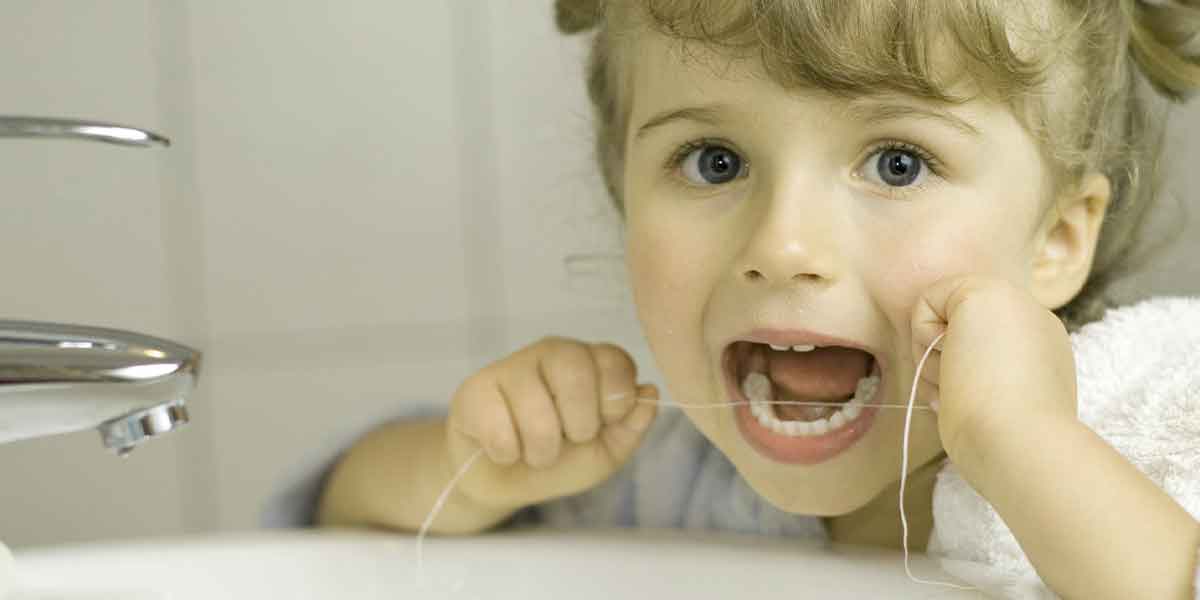Teaching kids the importance of flossing their teeth plays a significant role in maintaining optimal oral health. Yet, many parents often have queries regarding when and how to introduce flossing to their child’s daily oral care regimen. Below, we will tackle the top five common questions parents have about children’s teeth flossing, offering valuable insights and recommendations to foster healthy flossing practices in kids.
Commencing Flossing Routine
Instilling the practice of flossing in your child’s daily oral care routine early on can help establish a lifelong habit. Typically, children should start flossing when they have two teeth that are touching, which generally happens around 2 to 3 years of age. At this stage, it’s essential for parents to assist their child in flossing since young children may lack the dexterity to floss effectively on their own.
Proper Technique for Flossing
Utilizing the correct flossing technique is crucial to effectively eliminate plaque and prevent gum disease. Here are steps to ensure you are flossing your child’s teeth correctly:
- Begin with approximately 18 inches of floss, wrapping most of it around your middle fingers and leaving a few inches for flossing.
- Hold the floss firmly between your thumbs and forefingers.
- Gently guide the floss between your child’s teeth using a gentle sawing motion.
- Curve the floss into a C shape around each tooth and slide it beneath the gumline.
- Move the floss up and down to clean the sides of each tooth.
- Switch to a fresh section of floss as you progress from tooth to tooth.
Tips for Effective Flossing
- Use a gentle touch to prevent gum injuries.
- Ensure to floss behind the back teeth.
- Encourage patience and thoroughness in your child’s flossing routine.
Encouraging Flossing Compliance
It’s common for children to resist flossing, especially when it’s a new addition to their routine. To encourage compliance, consider making flossing engaging by incorporating flavored floss or fun-designed floss picks. Additionally, leading by example and offering positive reinforcement such as praise and reward systems can motivate children to floss regularly.
Ensuring Gum Health During Flossing
Parents may worry about potential gum damage during flossing, particularly if they notice bleeding. It’s important to floss correctly, with a gentle approach to avoid harming the gums. If bleeding persists, it could signify gum inflammation or other dental issues, warranting a consultation with a dentist.
Exploring Alternatives to Traditional Flossing
For children who find traditional flossing challenging, alternative methods like floss picks, water flossers, and interdental brushes offer effective options to clean between teeth. Water flossers, in particular, can be beneficial for children struggling with traditional flossing techniques, provided they are supervised to ensure proper usage.
In Conclusion
Starting early, employing correct techniques, and making flossing an enjoyable experience can help children cultivate healthy flossing habits for life. Should concerns arise regarding your child’s flossing or oral health, seeking advice from a dentist for tailored guidance is recommended. By approaching flossing with the right tools and a positive attitude, it can become a seamless and integral part of your child’s daily oral care routine.




